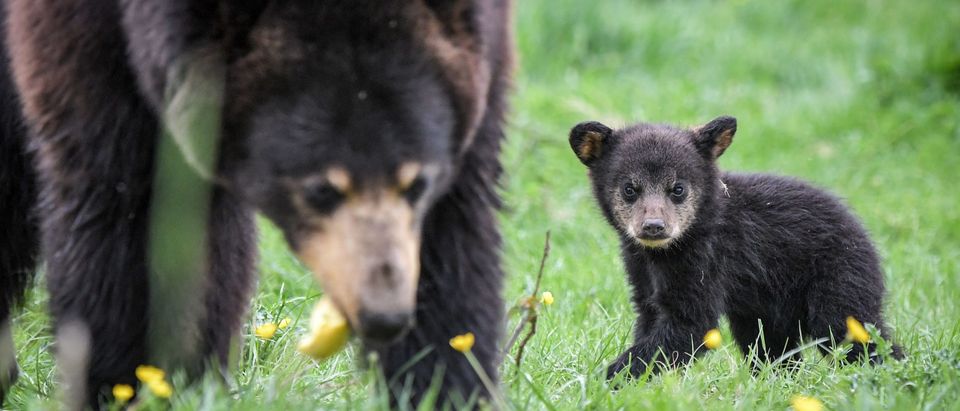Since 1937, America’s firearm industry has made conservation efforts possible around this great nation. Through the NSSF and the U.S. Fish and Wildlife Service’s (USFWS) Partner with a Payer® program, I had the opportunity to witness some of those on-the-ground conservation efforts at work. The goal of the Partner with a Payer initiative is to strengthen collaborations between the people who make this very successful conservation partnership work so well – manufacturers that pay excise taxes through the Wildlife and Sport Fish Restoration Acts, and state agencies that conserve wildlife and habitat and the Wildlife and Sport Fish Restoration program of the USFWS.
This Partner with a Payer event took me to Garrett County in western Maryland, where we gathered with a team from Maryland’s Department of Natural Resources (DNR), several members from USFWS, and Maryland-based Benelli USA. As part of the day’s outing, we took part in a bear den study, and had the opportunity to see how some of these firearm industry tax dollars were being used. Two veterinarians from the Maryland Zoo were also on hand to ensure the health of the sow and cubs.
Once included on a list of “endangered species,” Maryland’s black bears have seen a remarkable rebound, in part, thanks to the firearm industry’s contributions. According to Maryland DNR, there are approximately 2,500 black bears that are located primarily in four western Maryland counties including Garrett, Allegany, Washington and Fredrick; however, sightings of bears in other parts of the state are not uncommon.
Industry-Supported Tax
The Federal Aid in Wildlife and Restoration Act, often referred to as the Pittman-Robertson Act, was supported by the firearm industry and approved by Congress in 1937. The Pittman-Robertson Act levied a federal tax on firearms, ammunition and archery equipment at a rate of 10 percent for handguns and 11 percent for long guns, ammunition, and archery equipment. The funds are collected from the manufacturer quarterly and distributed to the states on an annual basis.
The funds benefit both hunters and non-hunters alike, supporting wildlife conservation projects, management of public hunting lands and wetlands, as well as game and non-game species. Since the inception of the Pittman-Robertson Act, firearm and ammunition manufacturers have contributed more than $14.7 billion to the Wildlife Restoration Trust Fund. In 2021 alone, the firearm and ammunition industry brought in more than $1.1 billion for conservation.
Tax Dollars At Work
The firearm industry contributions made it possible for me to witness wildlife biologists at work. From the dart gun and sedatives used to sedate the bear, to the radio collar, tracking chips and telemetry gear used to locate the bears, the funds generated by the firearm and ammunition industry continue to pay for research and management of Maryland’s strong and growing bear population.
A Maryland DNR biologist sedated the bear, and then the rest of the team jumped into action, pulling four healthy six-week-old cubs, two males and two females, from the den. From there, biological samples were taken from the sow, including hair and blood samples, and a new radio collar was applied. The cubs were thoroughly checked out as well, being weighed, ear-tagged, and microchipped. Those cubs will stay with their mother for another two years before she mates once again, dens up for winter and gives birth to another litter of cubs.
Opportunity Of A Lifetime
Holding a bear cub, close to the chest inside my jacket, was certainly an opportunity of a lifetime that most will never experience. My NSSF colleagues and I will be forever grateful for this opportunity. But more importantly, the representatives from Benelli USA had the opportunity to see where and how their excise tax dollars are being utilized. The firearm industry paying into this fund allows for healthy wildlife and wildlife habitat, among other things.

We should be proud as an industry, proud as gun owners, and proud as hunters to see the positive impact we’re having on wild things and wild places. It is because of us, along with the North American Model of Wildlife Conservation, that species such as the white-tailed deer, the Rocky Mountain elk, ducks and turkeys roam the landscapes, and will be there, God-willing, for future generations.
Trevor W. Santos is the Director, Government Relations – State Affairs at the National Shooting Sports Foundation.


